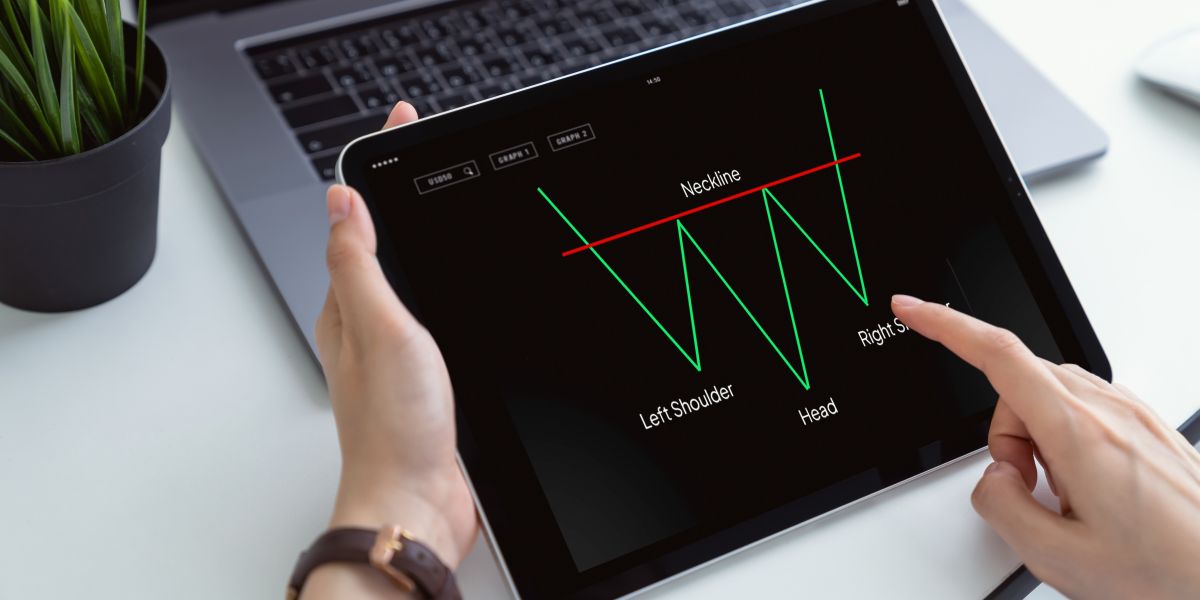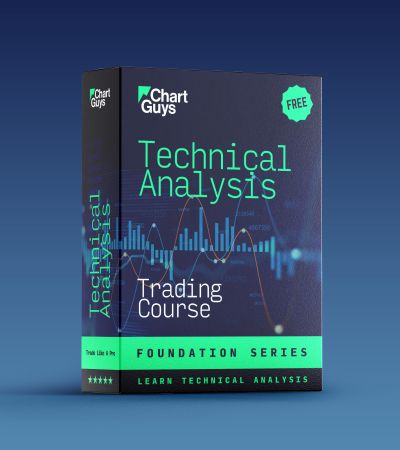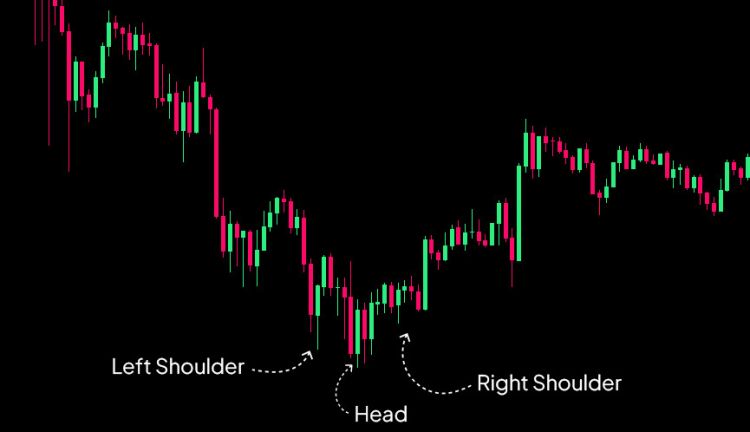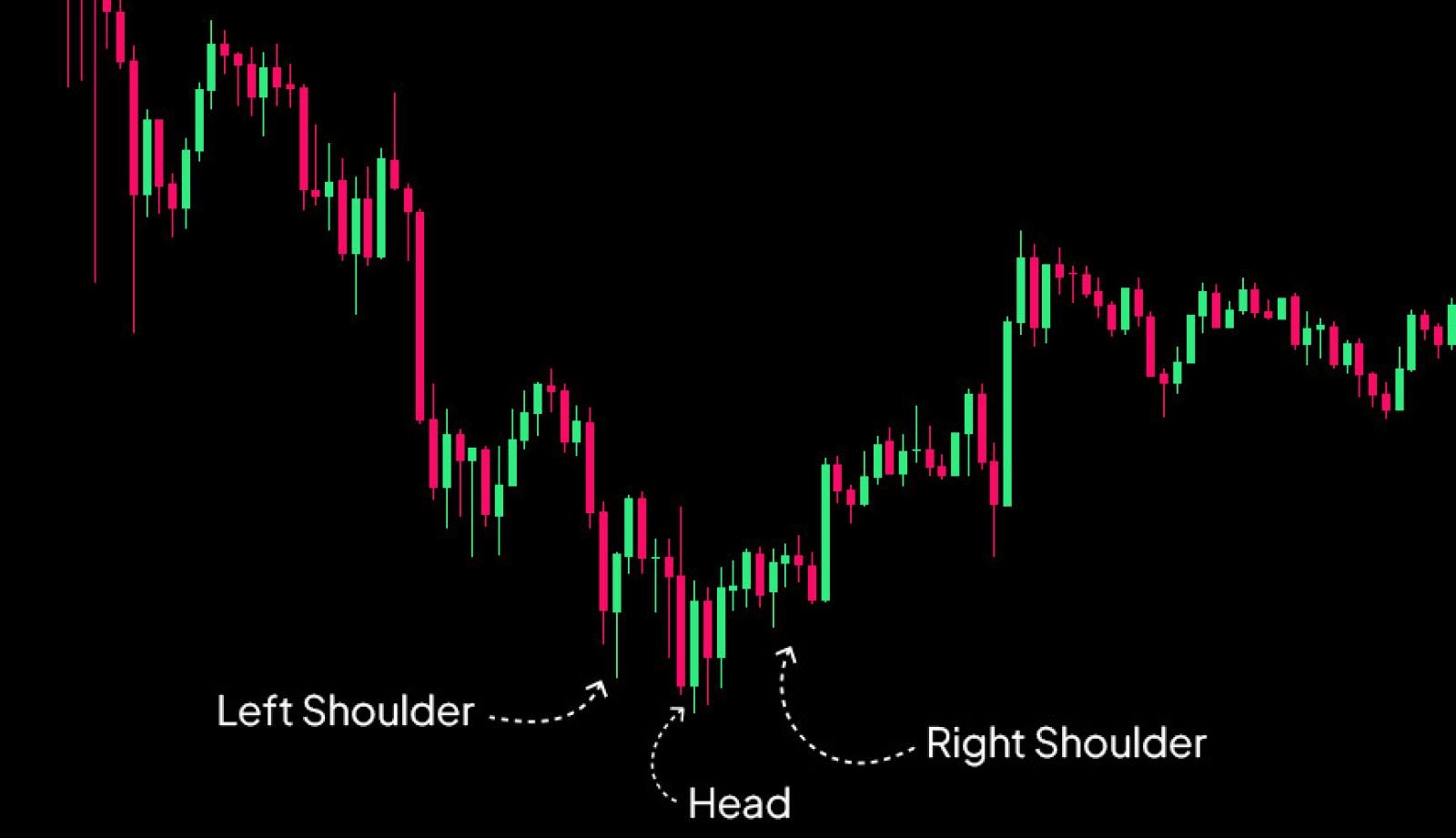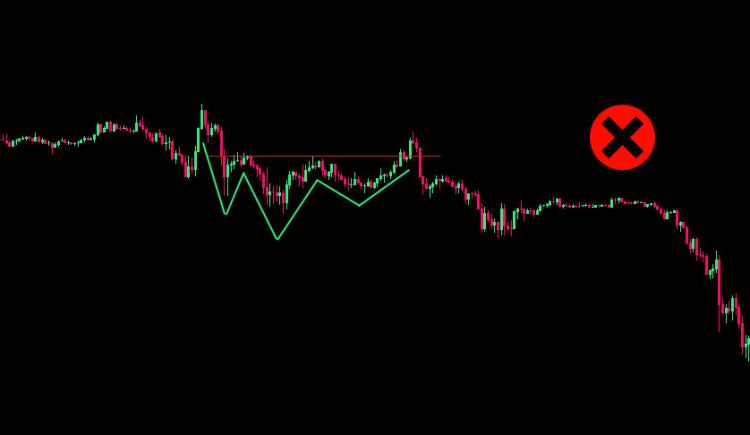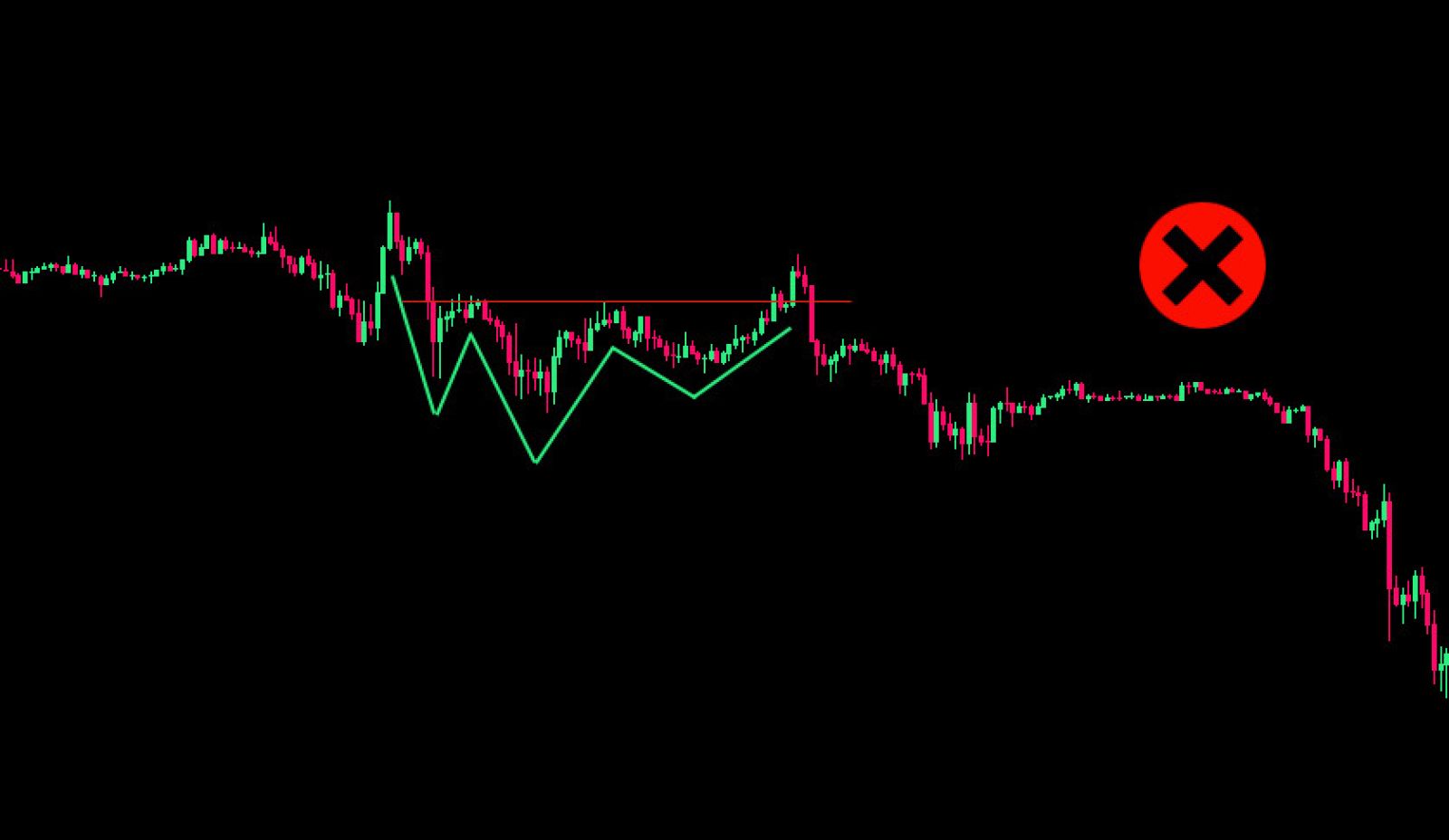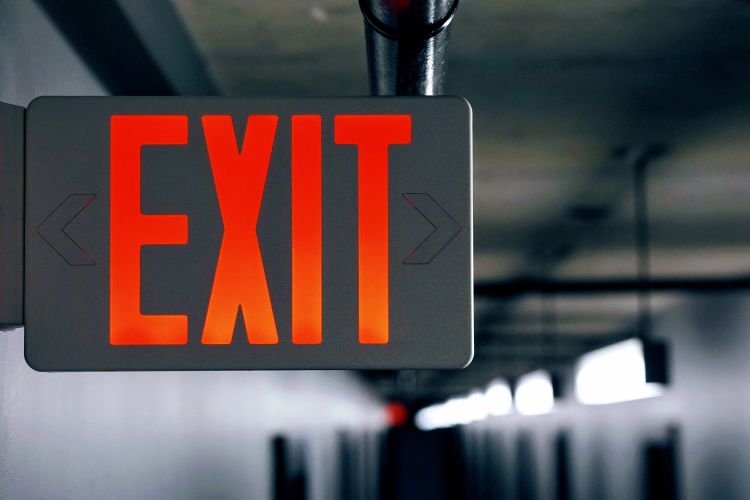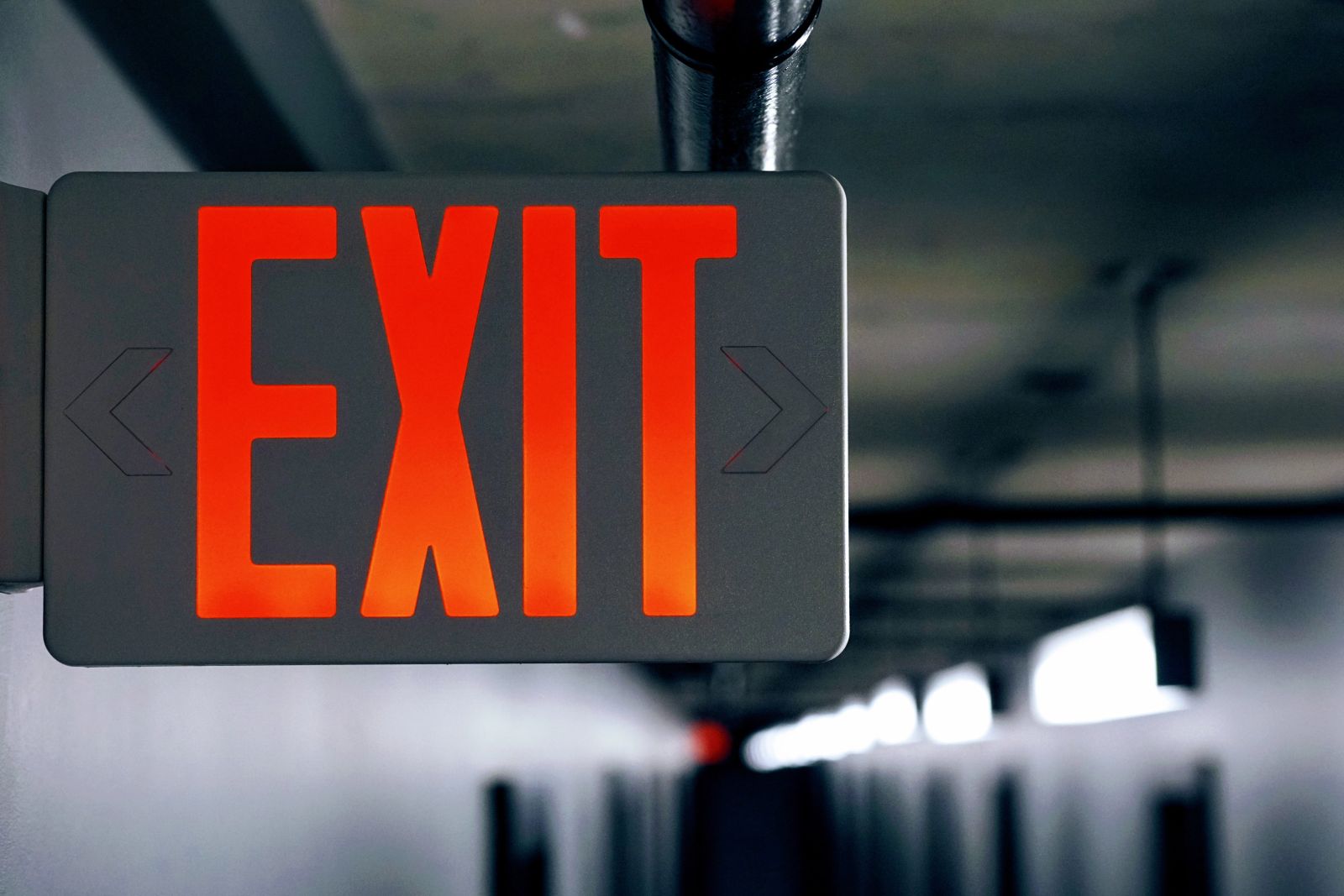Introduction
Markets move in waves of human emotion, painting patterns that tell stories of fear, hope, and redemption. The Inverse Head and Shoulders stands as one of the market's most reliable whispers of change - a signal that hints at the moment when sellers begin losing their grip and buyers start finding their courage.
You might wonder why certain patterns keep showing up in markets. The truth is simple: we're all human, and humans are predictable in their unpredictability. When markets fall, fear spreads like wildfire. Some sell in panic, others wait anxiously on the sidelines, and a brave few start buying.
Think of it like watching waves at the beach. Each one rolls in, retreats, and rolls in again, often following similar patterns. Behind this simple visual lies a complex story of market psychology - the moment when selling pressure gradually weakens, buyers begin testing the waters, and eventually, confidence returns.
The Building Blocks of Market Bottoms
Let's break down this pattern that has caught traders' eyes for decades. The Inverse Head and Shoulders isn't just another squiggle on a chart - it's a story told through price action, showing us how market sentiment shifts from bearish to bullish. Like fingerprints at a crime scene, each element of this pattern offers clues about what traders are thinking and doing.
Anatomy of the Pattern
The beauty of the Inverse Head and Shoulders lies in its simplicity. Imagine three valleys in a downtrend, with the middle one (the head) dipping lower than the other two (the shoulders). A line connecting the peaks between these valleys forms the neckline - your signal line for potential trend changes.
- Left Shoulder: The first valley forms when sellers push prices down, but buyers step in to halt the decline
- Head: A deeper drop shows sellers' last big push, often marked by high volume and peak pessimism
- Right Shoulder: A shallower valley reveals sellers losing steam while buyers gain confidence
- Neckline: The resistance level that, once broken, suggests buyers have taken control
- Volume Pattern: Often decreases through the formation, then surges during the breakout
What sets this pattern apart is its reliability in spotting major market turns. Unlike simple bounces or brief rallies, the Inverse Head and Shoulders shows a complete shift in market psychology - from submission to hope to confidence. It's not just about the shape; it's about the story of how markets bottom out and begin new uptrends.
Reading the Signs of the Inverse Head and Shoulders Pattern
The market leaves breadcrumbs for those who know where to look. Volume and price movement tell us the real story behind the Inverse Head and Shoulders - not just what's happening, but how strongly traders believe in the moves they're making.
The Price Action Story
Price doesn't just move - it speaks. Each swing in an Inverse Head and Shoulders pattern reveals shifts in the ongoing tug-of-war between buyers and sellers. Watch for these telltale signs:
- Head valley shows heaviest selling, often with a spike in volume
- Right shoulder forms with less selling pressure than the head
- Smaller price swings during right shoulder suggest reducing volatility
- Higher lows after the head point to growing buyer confidence
- Clean breakout above neckline signals pattern completion
Timing is Everything
Different timeframes tell different stories, and the Inverse Head and Shoulders plays out across various time horizons. Daily charts tend to produce the most reliable signals for swing traders, offering a sweet spot between noise and trend. Weekly patterns often mark more significant turns, suggesting deeper shifts in market sentiment. When you spot this formation on monthly charts, pay attention - it could signal a multi-year reversal in the making.
The Time Window
Most Inverse Head and Shoulders patterns take shape over 3-6 months on daily charts, giving the market time to build a proper foundation for reversal. This isn't about watching paint dry - it's about letting market psychology shift naturally. While intraday patterns can form in highly liquid stocks, these faster formations often need perfect conditions to work well. The most reliable setups tend to develop at a pace that lets both smart money and retail traders participate in the move.
Getting the Details Right
Here's where the art meets the math. While the Inverse Head and Shoulders pattern catches our eye with its shape, the real magic lies in the measurements. These numbers tell us not just where we've been, but hint at where we might go.
Measuring for Success
The pattern's depth - from the head to the neckline - acts like a coiled spring. This distance becomes our measuring stick for potential gains. Take the deepest point of the head, draw a line straight up to the neckline, and measure that distance. This same length, projected up from the breakout point, gives us our target price. Simple, yet powerful.
Setting Your Boundaries
- Stop loss below the right shoulder keeps risk defined
- Partial profit at 50% of the target protects gains
- Tighten stops after reaching 50% target
- Watch for resistance at prior support levels
- Keep position size modest - even great patterns fail
Smart traders know that protecting capital matters more than catching the perfect move. The beauty of this pattern lies in its clear boundaries - we know exactly where we're wrong, where we might be right, and where to take chips off the table. No pattern works every time, but clear rules keep us in the game for the long run.
Inverse Head and Shoulders Traps: Common Mistakes to Skip
Let's be real - trading isn't about being right all the time. The Inverse Head and Shoulders pattern might look simple on paper, but real markets have a way of fooling even the sharpest eyes. Here's how to avoid the common traps that catch most traders.
Spotting the Fakes
Not every three-valley pattern spells reversal. True Inverse Head and Shoulders patterns show clear signs of selling pressure dying out. Watch volume - it should be highest at the head and decrease through the right shoulder. The right shoulder should form higher than the head, showing sellers losing power. Many traders jump too early on messy patterns, seeing what they want to see rather than what's actually there. The market rewards patience, not wishful thinking.
When Good Patterns Go Bad
Even perfect-looking patterns fail. Sometimes a clean breakout turns into a fake-out, pulling traders into positions just before prices reverse.Keep position sizes small enough that no single trade can hurt you badly. Place stops where the pattern becomes invalid, not where your ego feels comfortable. The best traders know that protection of capital trumps protection of pride every single time.
Real Examples in Action
Theory meets reality in the charts of past market bottoms. Some of the most significant market reversals started with an Inverse Head and Shoulders pattern - but not all patterns led to major moves. Let's look at how this formation played out in different scenarios, both good and bad.
Market Context Matters
- Bull markets tend to show faster pattern completion
- Bear markets often form deeper, longer patterns
- High volatility environments create messier formations
- Strong sectors show cleaner pattern development
- Market leaders often form the cleanest patterns
The pattern's effectiveness changes with market conditions. During the 2020 crash, many stocks formed textbook patterns that led to massive rallies. But in choppy markets, like 2015, similar setups often failed to follow through.
Practical Application of Inverse Head and Shoulders Trading
Trading patterns isn't about perfection - it's about playing probabilities while keeping risk in check. The Inverse Head and Shoulders offers clear entry and exit points, but success comes from how you use them. Let's get practical about putting this pattern to work.
Entry Points
The best patterns offer multiple opportunities to build a position, but each entry needs specific conditions to confirm the pattern's strength.
- Buy initial breakout above neckline with volume surge
- Add position on first pullback to neckline
- Size into strongest patterns more aggressively
Exit Strategy
Managing exits often matters more than entries. A good exit plan takes profits while protecting against reversals.
- Scale out in thirds as price rises
- Take first third at pattern target
- Trail stops after reaching 50% target
- Exit fully if price falls below right shoulder
- Cut all losses quickly on failed breakouts
Position Sizing Strategy
Money management makes or breaks traders. Size positions small enough to sleep at night, but large enough to matter. The cleaner the pattern, the more confident you can be - but never bet the farm. A good rule? Risk no more than 1% of your account on any single trade. Even perfect patterns fail, and living to trade another day matters more than any single win.
Example Risk vs Reward Setup
- Set minimum 2:1 reward to risk ratio
- Place stop loss below right shoulder low
- Calculate first target at pattern height
- Set secondary target at 1.5x pattern height
- Move to break-even stop after 25% move
- Keep total risk under 1% of account
- Scale position size with pattern quality
Remember - This is only an example, you should develop a strategy that works best for you.
Beyond the Pattern
What makes this pattern powerful isn't its perfection, but its practicality. It gives us clear entry points, defined risk levels, and measurable targets. It shows us when sellers might be exhausting themselves and buyers could be ready to take control.
But here's the real secret: the pattern matters less than what you do with it. Smart traders use it as a framework, not a guarantee. They size positions carefully, cut losses quickly, and let winners run. They know that no pattern works every time, but good risk management works all the time.
In the end, markets will do what markets do. Your job isn't to predict - it's to react. Stay humble, stay curious, and always protect your capital. The best traders aren't the ones who never lose - they're the ones who live to trade another day.

